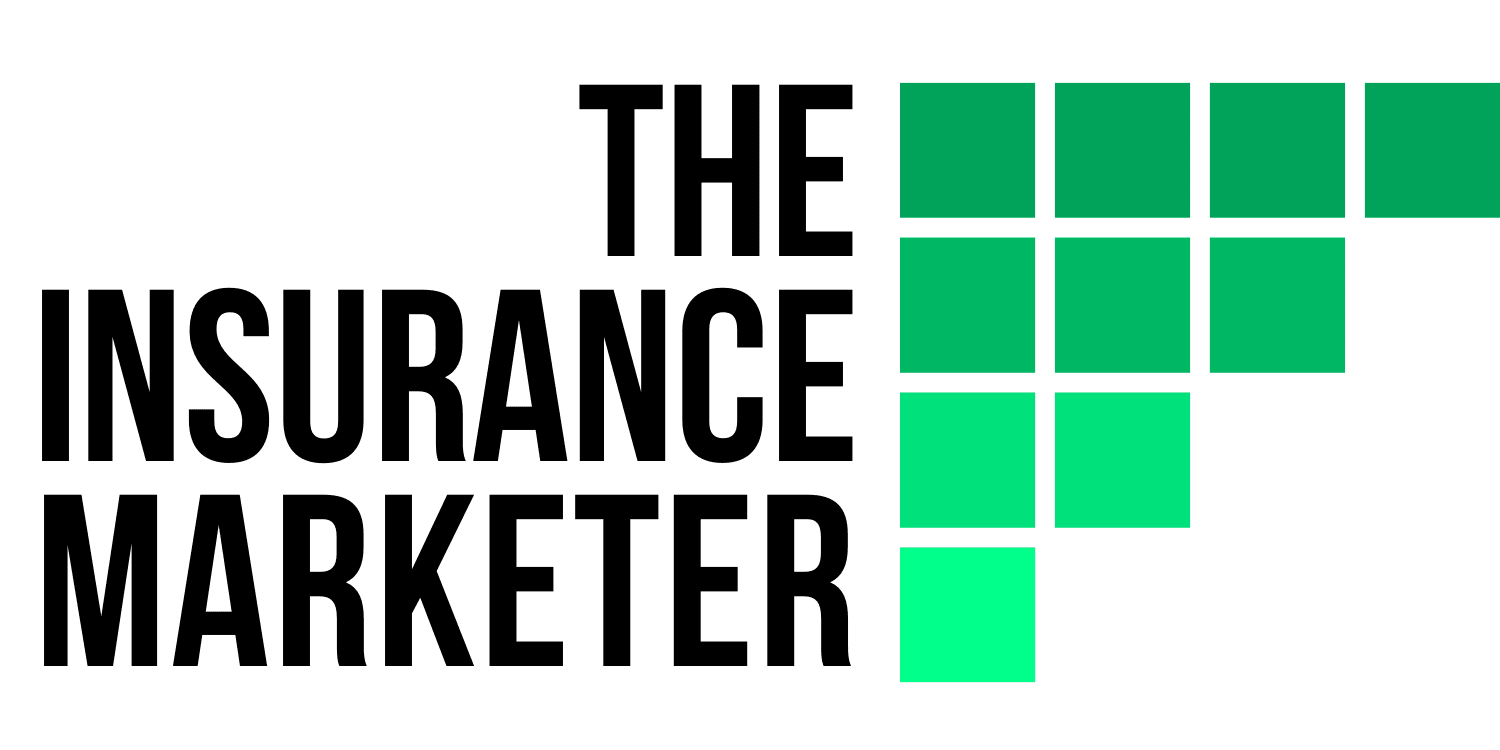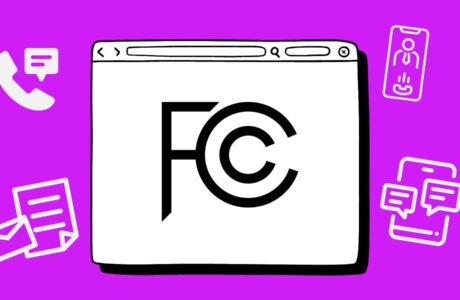It seems every week there is something new popping up that is going to impact the way insurance agents and marketers run their business.
Insurance agents and marketers face a constant challenge: ensuring their email campaigns reach their intended audience effectively and efficiently.
Last week we posted about the new FCC Regulations going into 2024 and now there is new rules from Google and Yahoo for mass email marketing.
According to Mailchimp, the average open rate for the insurance industry is over 20%:

With email marketing being a cornerstone of client engagement and lead generation, understanding these changes will have huge impacts on how insurance agents and marketers run their business.
Let’s break down the essentials:
What are the new email marketing rules for Gmail? (and Yahoo):
- Authenticate Domain – Google and Yahoo are requiring sender who send significant volumes to strongly authenticate their emails by following best practices. Many email providers do this by default.
- Provide easy unsubscribe options – This one may be a no brainer, but you need an easy unsubscribe option. Ex: either unsubscribe button or reply “unsubscribe”
- Spam rating must be below .3 – Many marketers have had authenticated domain and have easy unsubscribe option for years now, but the this one is the one that will be most important for insurance agents.
If your spam rating goes above “.3”, meaning people marked your email as spam. Google will block all messages from that sender.
So you may be thinking: “What will happen if I go above .3?”
The answer: It is still unclear as to what will happen.
This is huge news because if you are doing mass outreach, even with the best emails hitting a “.3” might be very easy.
Note: Google workplace accounts are not included in this new update.
In short – if you are doing outreach to a company that is hosted on google workplace Ex: “johnj@companyname.com” this new spam rating does not apply.
However, this is also going to have huge implications for the insurance industry as many agents do outreach to personal emails.
What Can Insurance Agents Do?
Okay – so what can insurance agents and insurance marketers do to help keep their business?
Tip 1 – Investing in content creation: Creating valuable, engaging content is pivotal in transitioning from reliance on shared leads to a more robust inbound marketing strategy. By producing insightful articles, informative blog posts, and engaging multimedia content, insurance agents and marketers can attract potential clients organically, rather than chasing them.
Tip 2 – Traditional marketing tactics: When everyone is going modern, go a little old school. Direct mail and local events can be one of the easiest ways to drive business. Our comprehensive guide to direct mail can be a great starting point to mastering some of the old school techniques.
Tip 3 – Turn down the volume on email: Email marketing is still going to be apart of insurance agents marketing and sales strategy, but send less emails. While email marketing remains a staple in the toolbox of insurance agents, it’s time to reconsider the volume of emails sent. Continuously bombarding clients and prospects with a high frequency of emails can lead to diminishing returns, as it may overwhelm or annoy recipients, increasing the likelihood of unsubscribes or being marked as spam. Instead, focus on sending fewer, but more impactful and personalized emails. This approach not only respects the inbox space of your audience but also enhances the perceived value and relevance of each message you send.
Tip 4 – Utilize Subdomains for Email Marketing: Subdomains can be a strategic asset in your email marketing efforts with these new regulations. For instance, consider creating specific subdomains like “promo@yourcompany.com” for different types of email campaigns. The advantage of this approach lies in its ability to mitigate risks associated with high spam rates.
If a particular subdomain exceeds the .3 spam threshold and faces restrictions, your primary domain remains unaffected, allowing you to continue sending emails from other subdomains.
Note – this might only be a temporary solution. There is always a chance google can see if multiple subdomains are getting flagged then possibly the main domain will get flagged.
Conclusion
For insurance agents and marketers, these points are critical as they directly affect email marketing campaigns’ success, deliverability, and compliance with email providers’ policies. Ensuring adherence to these requirements will be vital for effective communication with clients and prospects.





